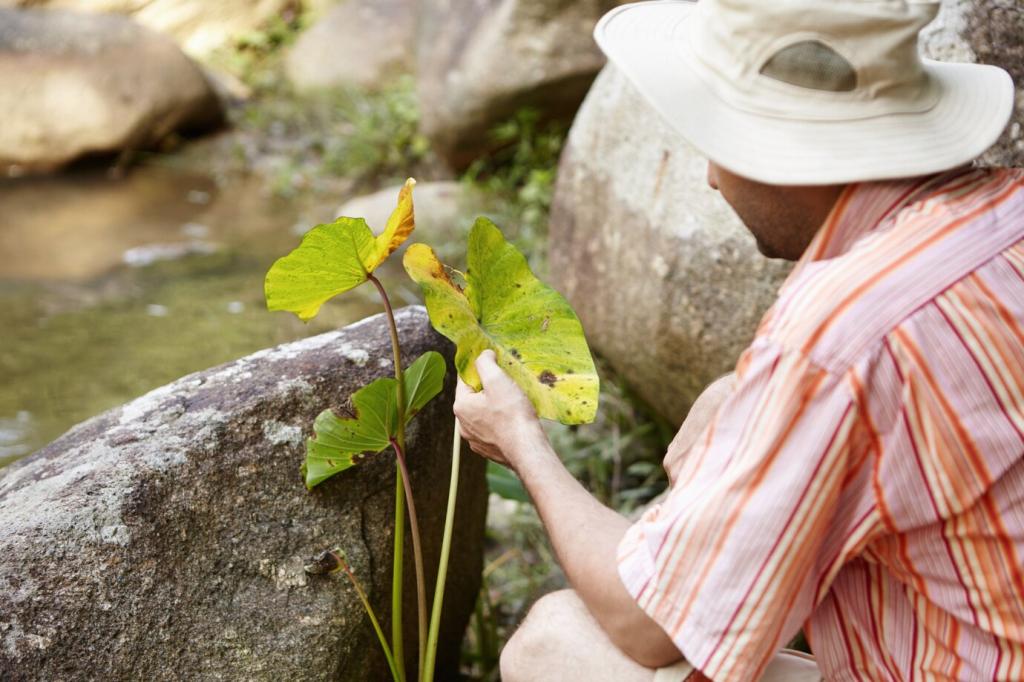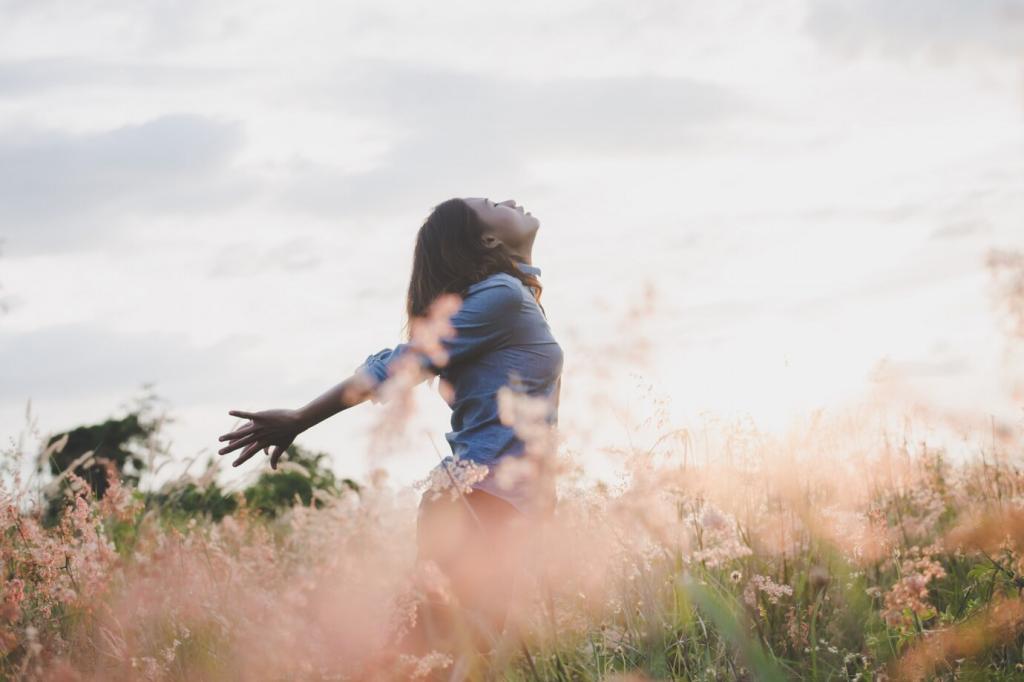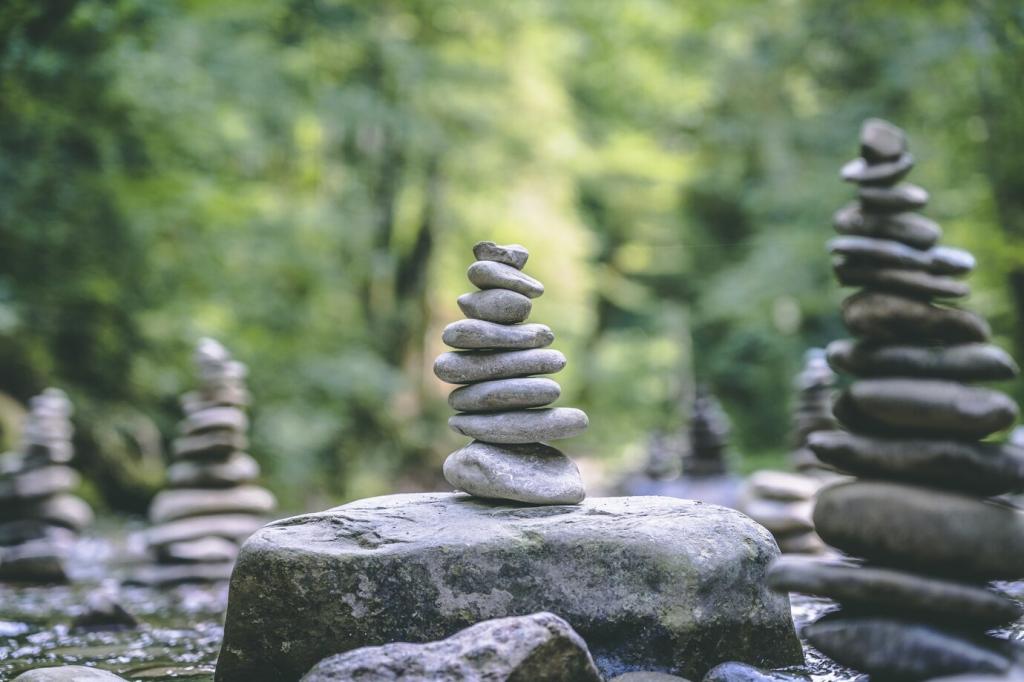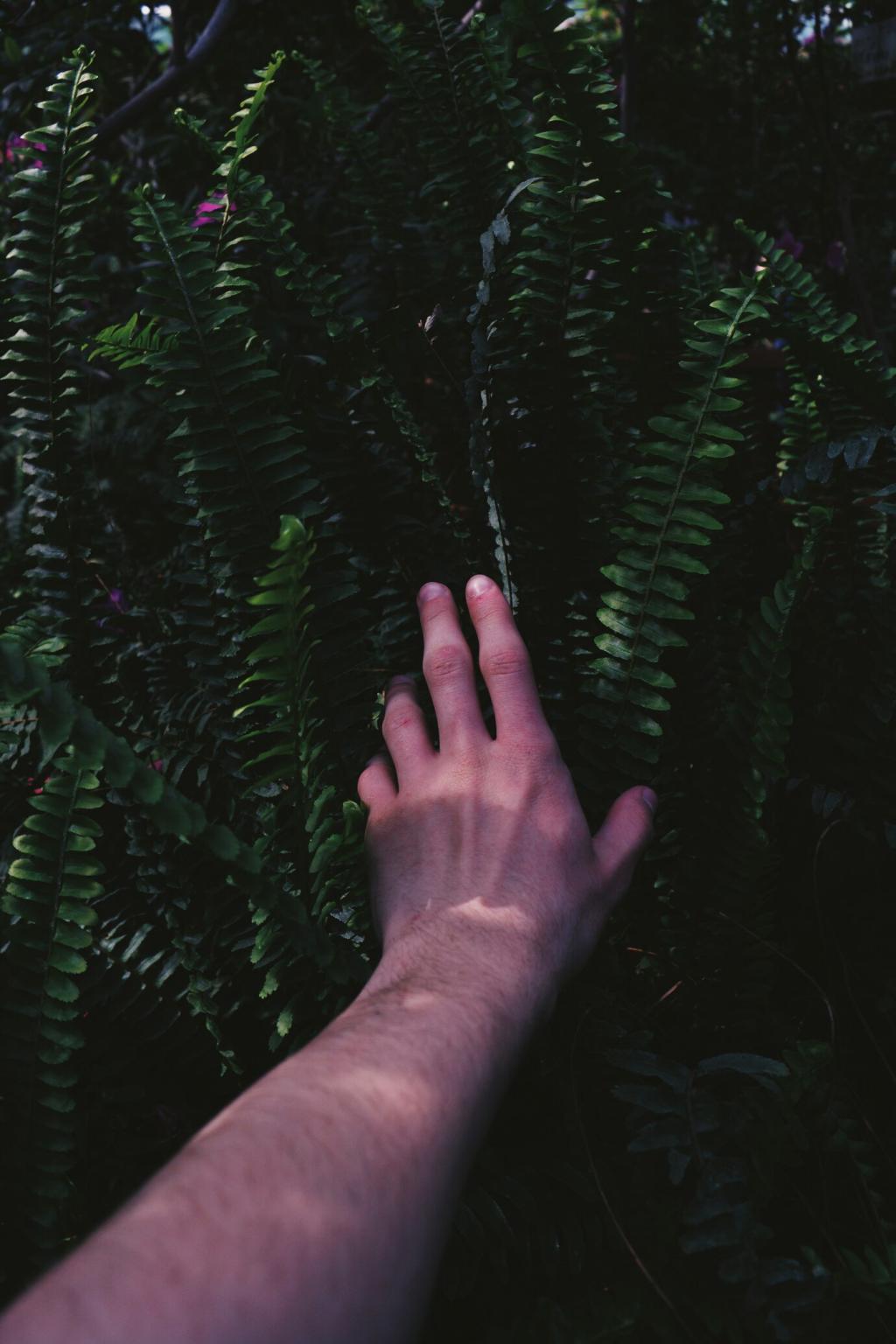
Exploring Natural Landscapes in Art Therapy
Chosen theme: Exploring Natural Landscapes in Art Therapy. Welcome to a gentle space where mountains, rivers, forests, and skies become companions in healing. Here, we translate outdoor wonder into brushstrokes, textures, and color stories that steady the breath and open the heart. Join us, share your landscape pieces, and subscribe for fresh prompts and soulful practice.
The Biophilia Effect in the Studio
Research suggests we are wired to respond positively to natural cues—leaf shapes, flowing water, open skies. When we paint or collage these forms, our body notices. Breathing slows, attention steadies, and emotion becomes more approachable. Try a simple horizon to begin: long, quiet, steady.
From Horizon Lines to Heartbeats
A horizon can mirror a heartbeat at rest. Gentle slopes echo steady rhythms, while jagged ridges suggest intensity. As you draw, notice which edges your hand prefers. Does serenity appear as a lake’s soft line, or does today demand thunderheads and cliffs that tell a truer story?
Share Your First Landscape Memory
Recall a place that felt safe: a childhood field, a rainy window view, the road to the sea. Sketch it with two colors and one texture. Post a reflection about what changed in your mood, and subscribe to receive weekly prompts that deepen your personal landscape practice.

Earthy Palettes and Pigments
Choose ochres, sap greens, indigo, and ultramarine for water, granite gray for cliffs, and translucent umbers for soil. Layer diluted washes to suggest atmosphere, then glaze with thicker strokes for rocks and bark. Notice how natural hues dial down visual noise and invite longer, kinder looking.
Textures: Bark, Stone, and Water
Create bark by dragging a dry brush over stiff paper, stone with a sponge and stippling, and water using salt that blooms into delicate currents. Experiment with palette knives for cliff edges. Each technique becomes a metaphor—roughness honored, currents allowed, boundaries clarified with compassionate intention.
Sustainable Choices, Sustainable Calm
Try recycled cotton paper, plant-based inks, and refillable brushes. For field sketching, pack a compact watercolor set and a reusable cloth. When materials respect the landscape, the practice feels more honest. Share your eco-friendly kit choices in the comments and subscribe for our green studio checklist.
Guided Exercises: Landscapes as Emotional Maps
Name your current emotion as weather: drizzle, sunbreak, gusts. Paint a sky that matches, then add one feature that offers balance—a break in the clouds, a windbreak of pines. Notice how titling weather loosens shame and turns intensity into something observable, movable, and therefore more manageable.
Draw contour lines that tighten where stress builds and loosen where ease lives. Add elevation markers for milestones—a conversation, a boundary kept, a moment of rest. Color high points with warmth, valleys with cool. This map becomes a compass you can revisit when feelings blur direction.
Create three tiny squares: morning, noon, evening. Use simple shapes to show energy—gentle dunes for calm, jagged peaks for effort. Over a week, watch patterns emerge. Invite a friend to join you, compare maps, and subscribe for our monthly micro-landscape challenge to keep the practice alive.
Stories from the Field
One client painted the same river for months, widening it after each memory shared. The current slowed over time, stones grew visible, and a small ferry appeared. She said, “I’m not crossing yet, but I know where.” Consider what your river holds, and share a line about its flow today.


Five-Sense Field Notes
Spend five minutes listing what you see, hear, smell, touch, and sense in your body. Choose one detail to carry home—a shadow’s edge, a bird’s rhythm. Build your piece around that anchor. This practice trains attention to land softly where healing can actually take root.

The One-Square-Meter Challenge
Mark a single square meter outdoors and study it for ten minutes. Sketch textures and movement within that tiny world. Limiting scope reduces overwhelm and amplifies wonder. Back inside, scale it up, honoring small life with big care. Share your square and tag your favorite unexpected discovery.
Displaying and Reflecting on Your Landscapes
Curate a small wall or shelf for rotating pieces—winter skies in January, emerging greens in April, wide bays in August. Add tiny written notes about mood shifts. This rhythm keeps your practice alive and honors the ways nature and psyche change together over time.
